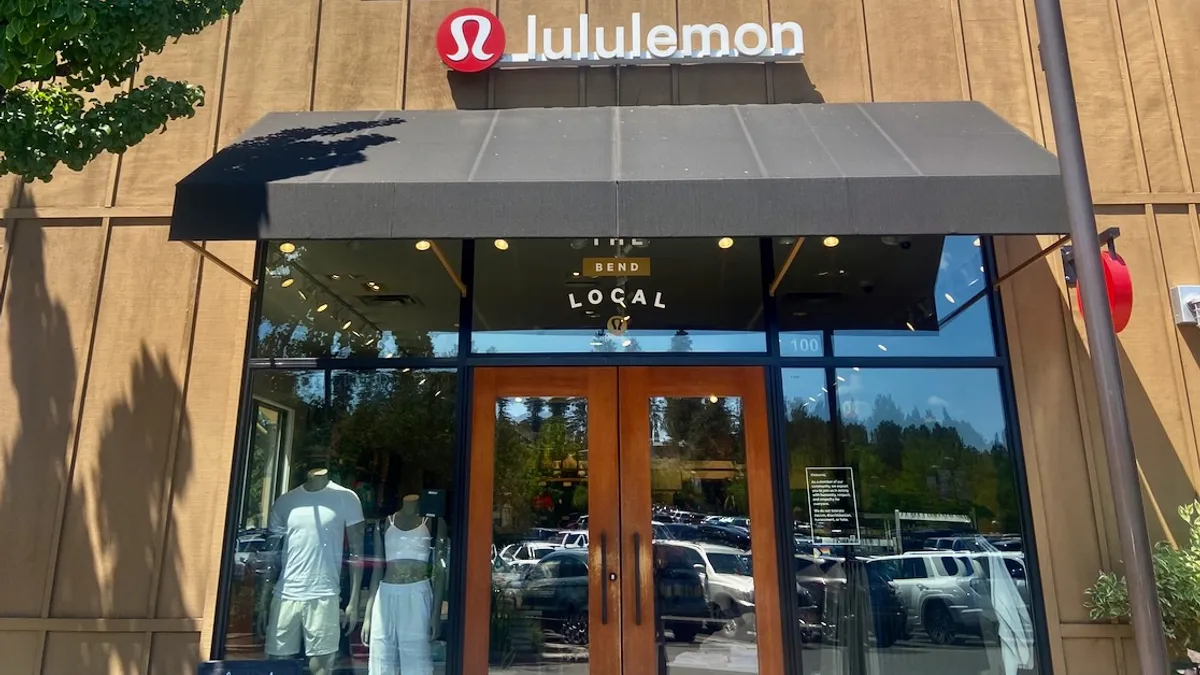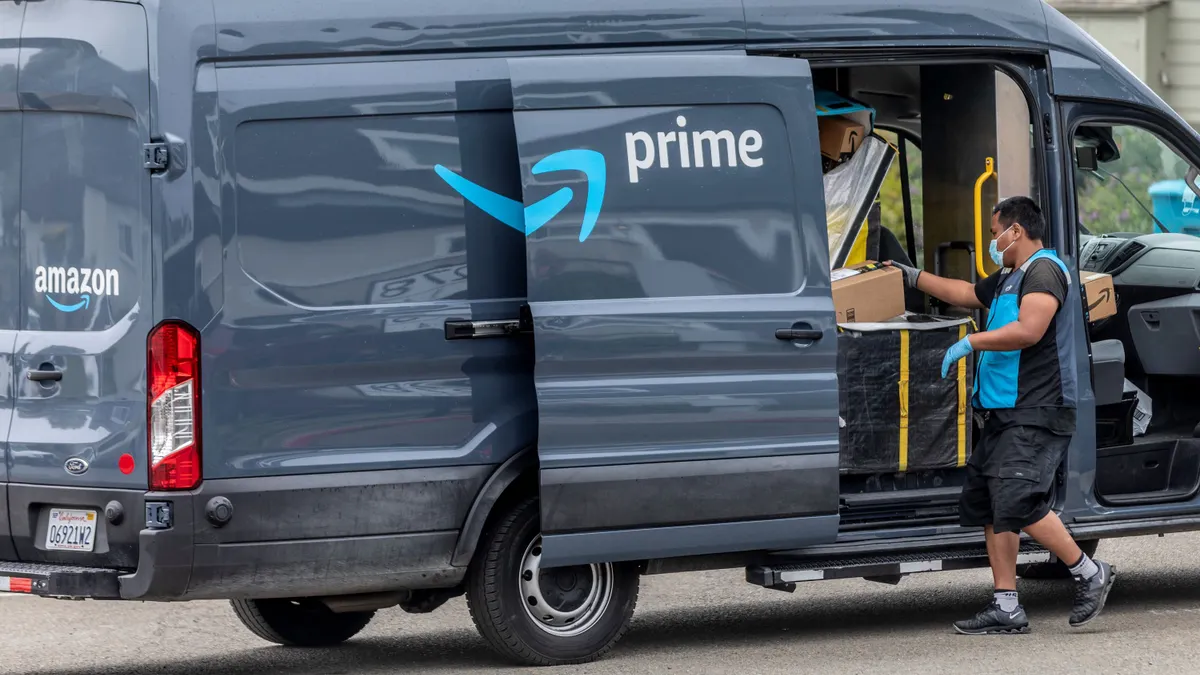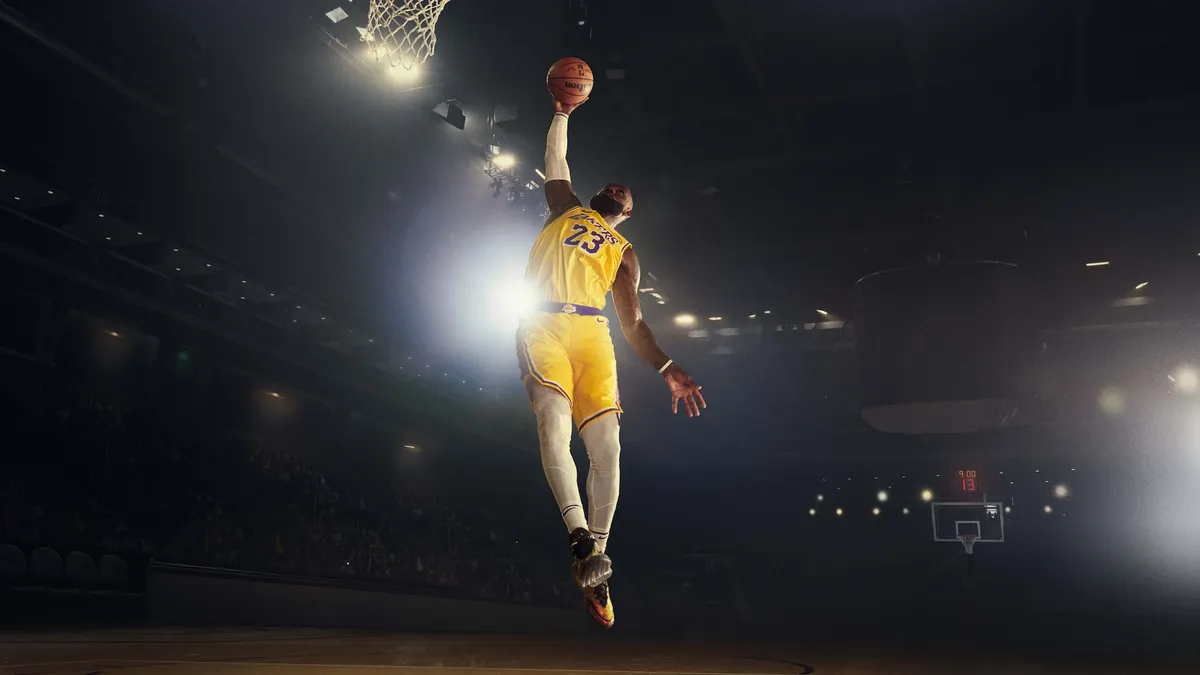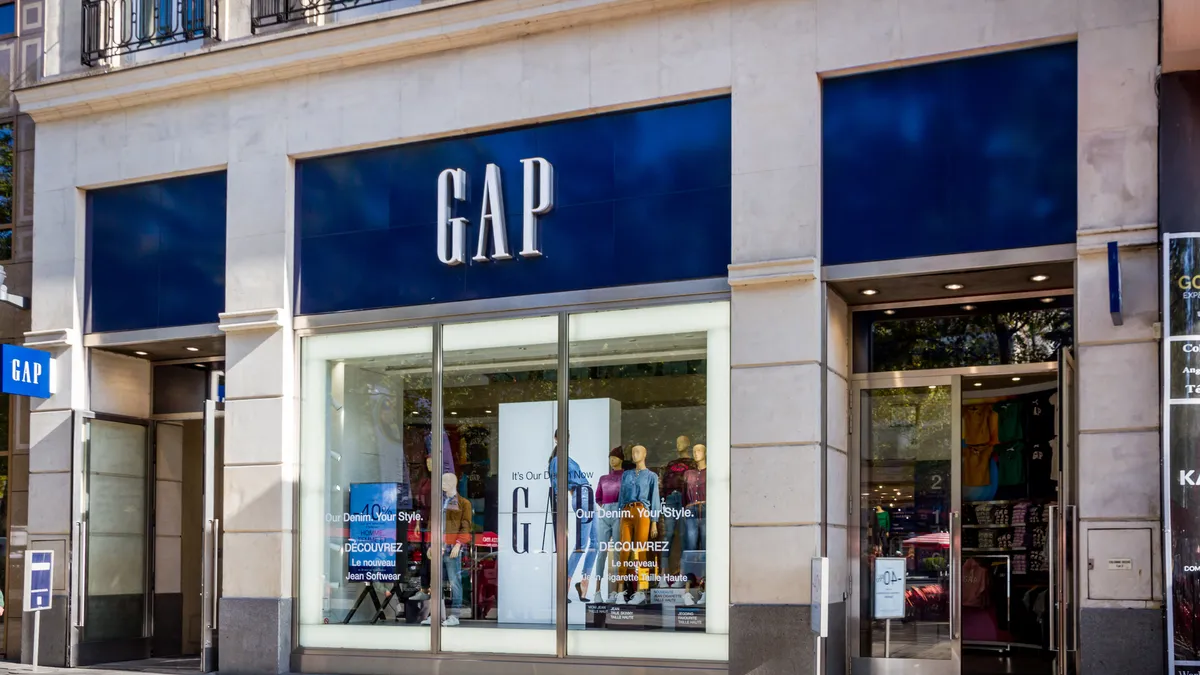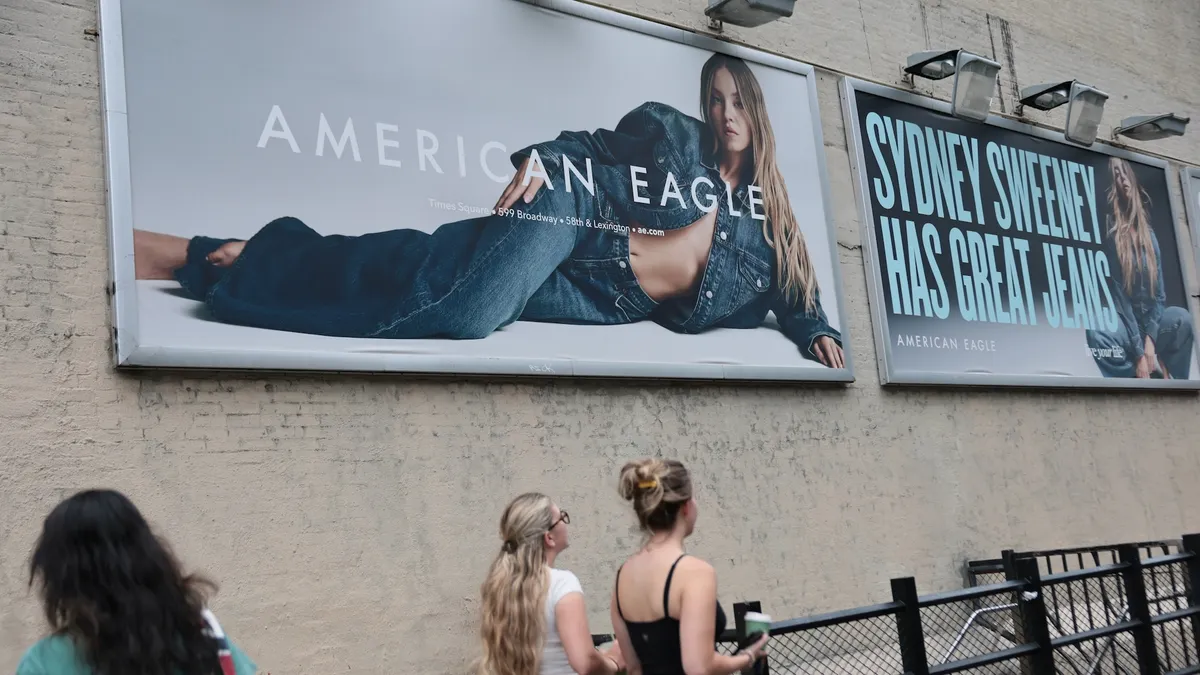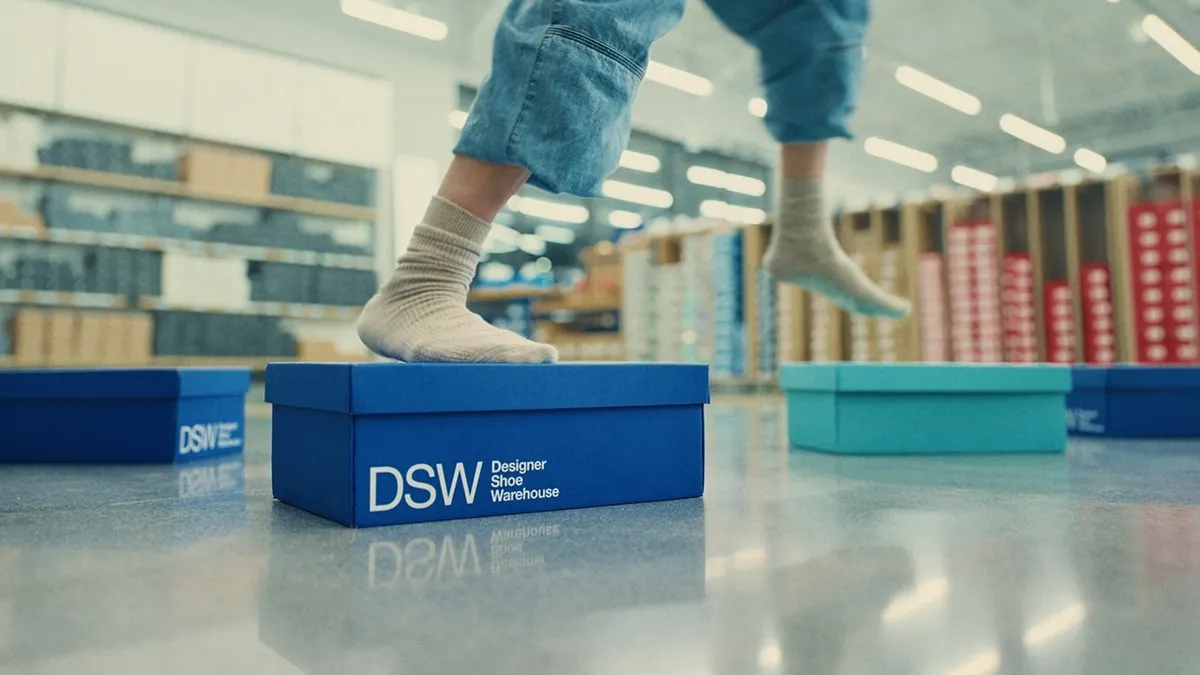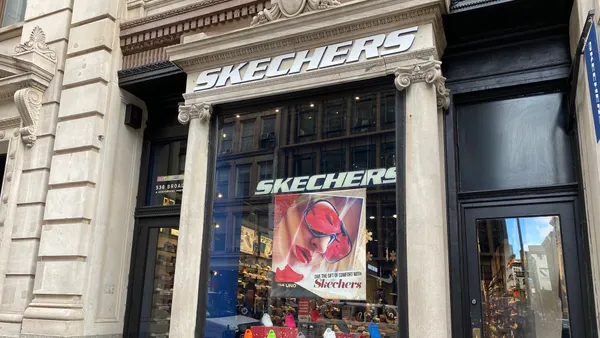It’s been a tense year for retailers. Even those with stable balance sheets — even those who might be adding stores, rather than closing them (and they are out there) — are watching the contraction all around them. Nobody can feel totally immune, and everybody is waiting for it to end.
If the bleeding is to stop, or at least lessen, this year's the back-to-school season could offer the first hints that the worst is past.
"Across the board, it’s a potentially interesting quarter to look at because you’ve had so many store closures in the first half of the year that you’ve had a distortion in the industry," Philip Emma, a senior analyst with Debtwire, told Retail Dive in an interview. He added that the closures have been pushing prices down, which has hurt retailers’ margins. Back-to-school could offer some relief and insight into whether the problems extend beyond this round of closures.
The season has importance far beyond distressed retailers. It’s also a chance to test new shipping models, pricing and inventory strategies, or digital gizmos. It’s an opportunity to win new demographics and shoppers. And it will be a season where we all try to figure out who, if anyone, has the chops to take on Amazon, in any channel.
Below we’ve picked a handful of retailers to keep a close eye on during the season, either because they’re doing something new, doing something old that still seems to be working, or are in big need of a win this year. Even if back-to-school doesn’t alter their fates, the season could give us a fresh look at their trajectories and those of their peers.
1. Target
With offerings tailored to dorm rooms as well as deep school supply sections, the mass merchant has long been a heavy player in the back-to-school blitz. While Amazon, in terms of media attention, is sucking all the oxygen out of the room, consumers haven’t forgotten Target and Walmart.
More than 80% of consumers plan to shop at mass retailers during back-to-school, an increase of 24% over the past year, according to Deloitte survey data cited by a Fung Global Retail & Technology report. Target’s "very strong" back-to-school showing last year contributed to earnings growth of around 22% in last year’s third quarter and helped push digital sales growth to 20% for the year at that point, company executives said on an analyst call in 2016.
The company has also been expanding its small format stores near college campuses, with seven opening in 2017, according to a corporate blog. Cowen and Company analysts led by Oliver Chen wrote in a note emailed to Retail Dive that Target’s July announcement of higher-than-expected earnings indicate a second quarter rebound and a potentially strong back-to-school season.
2. Walmart
The acquisition of Jet last year has already added new weapons in the retail giant’s back-to-school arsenal — or folders to its binder, if you like. Walmart’s Jet is offering free shipping on orders over $35 and two-day shipping on thousands of items. Sound familiar? The retailer also partnered with TeacherLists to let customers shop directly from the supply lists of their children’s teachers at Walmart.com and Jet.com. (Think of it as a kind of online wedding registry for school supplies.) Walmart said in a July release that it expected to have 1 million searchable lists added to its websites by August.
While the mass retailer is targeting young students and their parents, it’s also popular for college students. In a recent survey, 64% of college-aged consumers said they would shop at Walmart for supplies. (The cohort reported identical numbers for Target, while 50% said they would shop at Amazon.)
3. Dollar General
Dollar stores are second only to the mass merchants in terms of where customers plan to shop, with 40% planning to buy school supplies at the deep discounters this year, according to Deloitte data. It should be no secret why: the dollar stores are filled with cheap, brightly colored fare for students that beat almost everybody else’s prices.
With more than $20 billion in annual revenue and plans to open 1,000 stores this year, Dollar General is poised to pick up millions in back-to-school dollars from the cost-conscious and/or cash-strapped. It and other discounters have cut into the traditional business of Walmart, which is also contending with Amazon on the e-commerce front. "Walmart needs to be very careful about investing so much in the internet because of all the retailers building more stores," Nick Egelanian, president of retail real estate consulting firm SiteWorks, told Retail Dive last year. "That market share is coming from Walmart." This year’s back-to-school season is likely to shed more light on how the discount wars are shaking out.
4. T.J. Maxx
Since the recession, off-price stores have become a force in retail. Their expanding clout extends to the back-to-school season as well. The number of consumers planning to do some back-to-school shopping at an off-price store has jumped 18% from last year, to nearly 30%, according to Deloitte.
The sector has performed so well that T.J. Maxx disappointed Wall Street when it reported a mere 3% growth in net sales for the first quarter, which represented a slowing of white-hot growth. The previous year’s Q1, for example, saw 7% growth. (Compare that to Sears, which has had just one quarter of positive sales growth since 2008, according to research firm Retail Metrics.)
T.J. Maxx and its off-price peers are well-positioned for the season, with more stores being built in the sector and more shoppers planning to hit the off-price outlets looking for back-to-school bargains on apparel, backpacks, shoes and other offerings. Jeffries analysts led by Daniel Binder wrote in an Aug. 11 note emailed to Retail Dive that TJX Cos. "was a winner in apparel" in surveys of consumers about their back-to-school shopping plans.
5. J.C. Penney
Department stores need some good news. Unfortunately, they might have to wait for the holiday season to get it. About 26% fewer surveyed consumers said they planned to shop at department stores this year as compared to 2016. But that’s not stopping J.C. Penney from making a play for back-to-college shoppers and its piece of the estimated $6 billion in spending on dorm furnishings. The retailer said in June it was launching new "dorm shops" inside of 500 stores. The 400-square-foot stores-within-a-store include a selection of bedding, bath and décor products, along with mini refrigerators, microwaves, portable air conditioning units, storage solutions and even laptops. The company also touted its ship-to-store online shopping that could reach stores located near college campuses. Pushing furnishings (and especially some of its higher-margin private brands) is a must for Penney, as it grapples with weak apparel sales.
As J.C. Penney tests new concepts, it is also closing more than 100 stores this year. Cowen and Co. analysts said the "store closure cycle will be a disruptive force this back-to-school season." For Penney and fellow department store retailer Macy’s, "achieving strong recapture rates, both in neighboring physical stores and online" will be "critical to management's decisions on future store closures," the analysts said.
Penney's Q1 results did indeed reveal pain caused by the store closures. Still, J.C. Penney CEO Marvin Ellison said in an Aug. 11 analyst call said that he was "very pleased" with the start to the back-to-school season, which he expected to get a bump from the department store’s recent rebirth as a toy seller.
6. Claire’s Stores
The retailer, which caters to girls and young women, needs a back-to-school bump this year. Claire’s has been trying to improve results amid a fiercely competitive niche apparel sector by scaling back on promotion, executives said in April. That’s hurt sales but helped margins for the financially struggling retailer. Also helping the bottom line but not topline sales: The company closed 166 stores last year.
Even with these efforts, Fitch Ratings lists Claire’s on its Bonds of Concern, and much of the cash the company makes from sales must go to servicing its debt burden. Debtwire’s Emma said that back-to-school for Claire’s "is a good opportunity to validate they’re on the right track" after showing some signs of turning their story around earlier this year. Claire’s isn’t alone. For Abercrombie & Fitch, Bon Ton, Sears and others, back-to-school — for better or worse — is also a "little bit of a preview of what can be expected on the back half of the year," Emma said.
7. Gymboree
Like Claire’s, the bankrupt children’s apparel retailer needs the back-to-school sales. Moreover, the season could be a preview of the future as it restructures in Chapter 11. Emma said the quarter "has potential to impact how the business ultimately gets valued," which in turn could affect Gymboree’s plans for reorganization. It could also provide more sales and profit data to help the company and its lenders determine how many stores to close in bankruptcy. (So far, Gymboree has announced plans to close 350 stores, but there’s still time in the process for the retailer to close more.) Gymboree isn’t alone in bankruptcy during the back-to-school season. Payless, rue21 and True Religion, among others, are also undergoing Chapter 11 reorganizations.
8. Amazon
Well, obviously Amazon makes the list.
The percentage of customers planning to take to the internet for back-to-school shopping has held relatively flat at 36%, but that’s still a reasonably high share. Among online retailers, Amazon dominates. The e-commerce giant accounts for 60% of recent growth in online shopping, according to Forrester Research, and controls roughly 40% of online retail sales. There are more metrics, but what’s the point?
This year’s back-to-school season will be the first to test how Amazon contends with a new potential threat to its online dominance, Walmart, now a combination of one of the fastest-growing online sellers with the world’s largest retailer, indeed the world’s largest company by revenue. Walmart’s $3 billion acquisition of Jet put Amazon on notice that the discount chain wants its piece of the online market.
In June, NPD Chief Analyst Marshal Cohen told Reuters that Walmart, with Jet now in the fold, could double Amazon’s online back-to-school sales growth this year. Others, however, expect Amazon to lord over the season, especially as the e-commerce giant has become popular with younger users. "They shop on Amazon all the time, these kids. They're like experts on Amazon," Erik Gordon, a professor at the University of Michigan Ross School of Business, told Retail Dive in an interview.
Research firm One Click Retail found that Prime Day has already helped push Amazon’s back-to-school sales forward, leading to a 35% expansion in the first two weeks of the season compared to the same period last year. Computers, tablets, apparel and shoes were all major growth categories. For the full season, the firm estimated Amazon’s sales could grow by 80%. "It paints a picture that more parents are multi-tasking on Amazon during 'back-to-school night' for those supplies vs. stopping by the store on the way home," One Click Retail CEO Spencer Millerberg said in a statement.
Chen and Cowen and Co. analysts wrote that Amazon could make back-to-school "uncomfortable" for other retailers given their estimates that 80% of consumers start pricing research on Amazon. "This dynamic leads to both share losses and pricing pressure for retailers," the analysts wrote. But Amazon might not always have the best prices on back-to-school fare. A July study by Wikibuy, which has developed a price-comparison app, found that Amazon’s prices for common school supplies were 15% more on average than they were on other sites. More generally, Wikibuy found that Amazon’s prices changed hour-by-hour, state-by-state and shopper-by-shopper.







